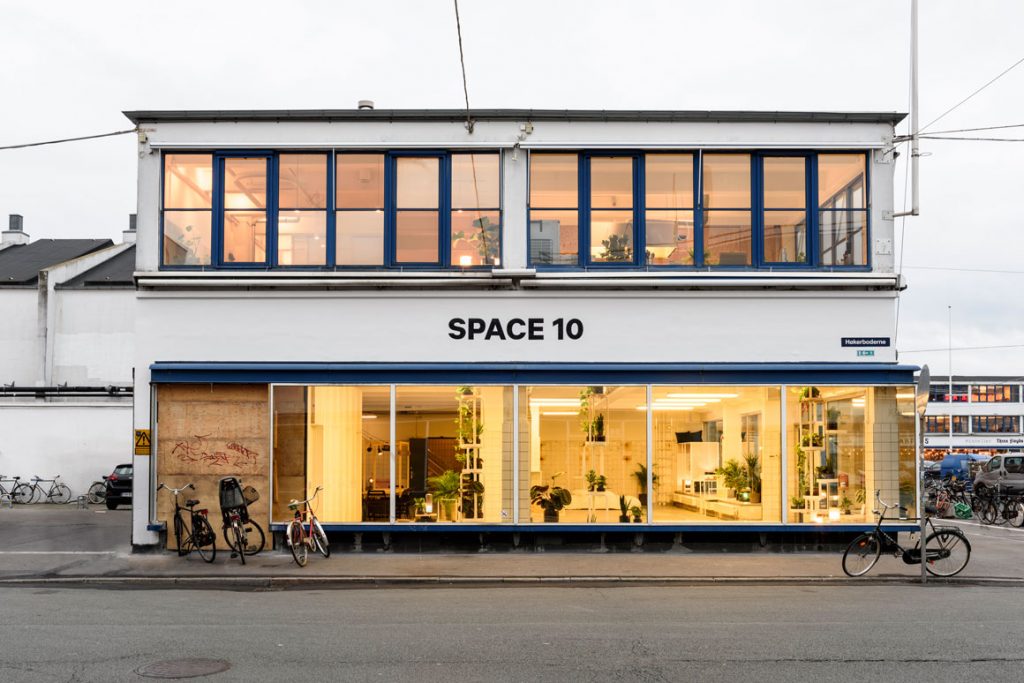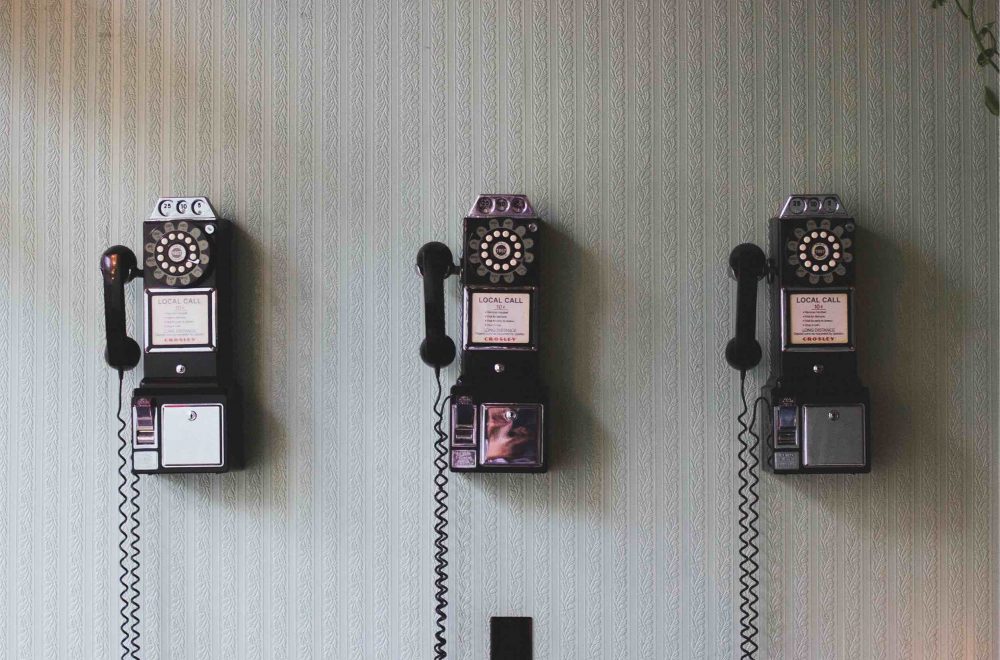It seems you can’t go anywhere these days without hearing the word “innovation.” We hear it in politics, business, technology, research, design, and just about everywhere else. So what’s the deal? Is innovation just another empty buzzword or fleeting trend? Is there really something to it? And if there is, is it really here to stay? When it comes to design innovation, we’d like to find out.
The term innovation encompasses so much. In fact, it has become such a “big” word that its true significance sometimes gets lost in the buzz. It’s an alluring, clickbait-prone, often mistreated subject that deserves clarification, especially when it comes to understanding how innovative concepts are changing design in urban living from cramped and dysfunctional to intelligent and hip!
At Havenly, we’re in a unique position when it comes to thinking about innovation. On a day-to-day basis, we try our best to help folks achieve the design they want, with whatever space is available to them, at a price they can afford. So, you see, innovation in design is at the core of what we do, and right now feels like as good a time as any to share our thoughts on the topic.
Defining Innovation
Let’s imagine we do a quick Google search for “innovative storage designs.” Wow: shelves in a corner, bins in a kitchen cabinet, and drawers underneath beds?! Useful tips and tricks indeed, but perhaps we need to rein in our notions about what this term actually means.
We define innovation when it successfully solves a problem in a revolutionary way. In its nature, innovation is disruptive. It’s like thinking outside-of-the-box, but on steroids. Was the telegraph an innovation? Yes. Was the telephone an innovation? Yes. Was the iPhone an innovation? Yes. But are boxes stowed away under a stairwell an innovation? No.
Being able to recognize a truly new way of approaching design when it’s surrounded by a sea of sameness can help us to streamline the process of improving the spaces we inhabit. One easy way to know the difference is to consider whether or not the we could have easily come up with the idea on our own. Sorry storage bins, we still love you!
Applying Innovation To Interior Design
When we talk about innovation within interior design, it seems that some of the greatest opportunities to revolutionize and disrupt are found within how we use space. Beyond innovating for limited spaces, the way that we utilize space, especially for personal use, plays a large role in our psychological well-being.
The principles of proxemics study the physiological relationship between people and how they relate to space between themselves and objects within their environments. The best designers are tuned into these principles and are trained to interpret space in a different capacity. As designers become more nuanced in their approaches to considering available space, they further their ability to redefine the form, function, and feel of a room.
Luckily, there’s a wealth of innovative design thinkers in the world today. At Havenly, we rely on these innovators as inspirational touch points as we continue to help our customers bring innovation into their own designs.
Ikea’s Space10

At Space10, Ikea resolves to improve the wellbeing of its consumers by exploring the worlds of art, design, and technology. One of the first “labs” exhibited at Space10 was the “Fresh Living Lab,” which examines how we can live healthier, smarter lives through design. Highlight: A kitchen table that can wirelessly charge your phone with heat generated from hot tableware.
CityHome

About the size of a closet, CityHome is a mechanical box that sits within an apartment and stores a bed, dining room table, kitchen surface, cooking range, closet, and multipurpose storage. The electronic unit is operated through hand gestures, voice, and touch controls. And while it sounds supremely sci-fi, this type of innovation is crucial for young professionals in cities where square feet are at a premium.
Designing For Your Satisfaction
Today, you might notice that the industry is focusing most of its innovation efforts on urban living. Perhaps that’s because the small cramped spaces found in urban environments lead to some of the most perplexing space challenges. But as innovation drives new ways of thinking about urban spaces, we bet it won’t be too long until these new approaches to space revolutionize our approach to designing the cozy suburban lifestyle that we know and love.
So as you explore the different strategies for making your space more satisfying, be it a modern urban dwelling or a cozy cottage refuge, you might consider working with a professional interior designer to tap into design creativity and innovation that can make a profound impact on your space.
[df_divider el_width=”100″ style=”solid” accent_color=”#EEEEEE” border_t_width=”2px” padding=”20px 0″ position=”align_center” el_class=””]
 Melissa K.
Melissa K.
These home design innovation tips are brought to you by Havenly designer Melissa K., who is a professional interior designer by trade. Melissa enjoys the process of working with clients to develop blissful lifestyles – one room at a time. She is keen on function and effortlessly understands your style, even when you don’t. She’ll help you create a space that you’ll love to call home! Book Melissa today and get decorated!
[df_divider el_width=”100″ style=”solid” accent_color=”#EEEEEE” border_t_width=”2px” padding=”20px 0″ position=”align_center” el_class=””]

